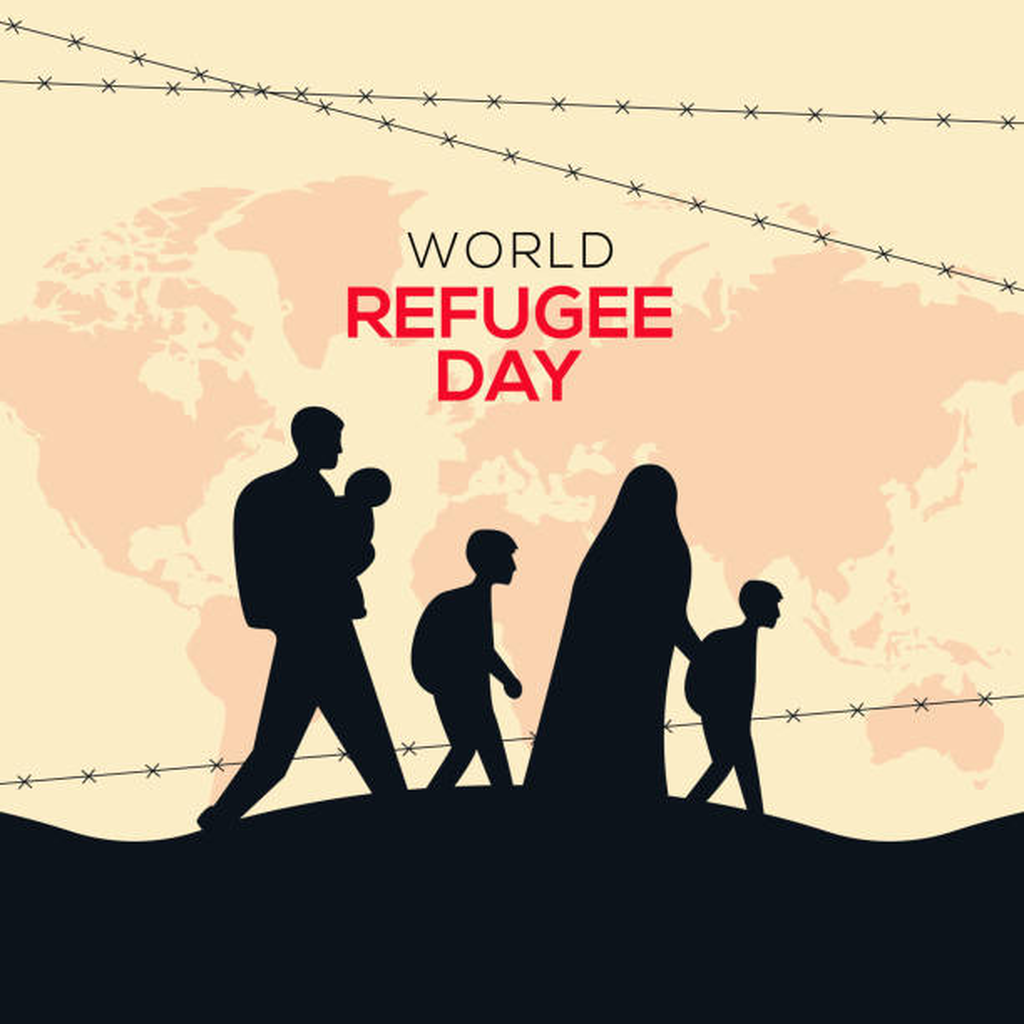The Global Scale of Forced Displacement
Wars, internal conflicts, persecution and human‑rights violations have driven the number of people compelled to leave their homes to record levels worldwide. According to data from the United Nations High Commissioner for Refugees (UNHCR), 117.3 million people were forcibly displaced by conflict, violence or oppression as at the end of 2023.1 This figure encompasses refugees, asylum‑seekers, internally displaced persons and stateless individuals. Each passing year, this growing phenomenon of forced migration carries not merely statistics but the tragic stories of millions uprooted from their homes, separated from loved ones and confronted with an uncertain future.
The refugee experience represents a difficult journey marked by separation and uncertainty. Most people depart with only a few belongings, leaving behind everything in which they placed their trust. Along the way they face dehydration in deserts, the threat of death at sea and the risks of rejection or refoulement at border crossings. Forced displacement inflicts not only physical hardship but also deep psychological trauma: the burden of being torn from one’s homeland, one’s family and the certainty of what the future holds. Not with standing those risks, the search for a safer life and for a place where their fundamental rights will be respected remains the most powerful motivation sustaining millions of refugees.
The Right to Asylum and International Law
Every person’s right to live in safety and to be treated in a manner consistent with human dignity is safeguarded by international law. Article 1 of the Universal Declaration of Human Rights2 affirms that “All human beings are born free and equal in dignity and rights.”. Article 14 of the same instrument explicitly recognises everyone’s right to seek and to enjoy asylum from persecution in other countries. These principles constitute the moral and legal foundation of international refugee protection.
Built upon that foundation, the 1951 United Nations Convention relating to the Status of Refugees and its 1967 Protocol set out in detail the status and rights of refugees and impose significant obligations on States³. Article 1 of the 1951 Convention defines a refugee as a person who, “owing to well‑founded fear of being persecuted for reasons of race, religion, nationality, membership of a particular social group or political opinion, is outside the country of [their] nationality and is unable or, owing to such fear, is unwilling to avail [themselves] of the protection of that country.”³ International law requires that those fleeing persecution be granted a safe haven. In particular, the principle of non‑refoulement prohibits the forcible return of refugees or asylum‑seekers to countries where their lives or liberty would be threatened⁴. Although the European Convention on Human Rights (ECHR) and other regional human‑rights instruments do not expressly codify a right of asylum, their provisions on the right to life (Article 2), the prohibition of torture and ill‑treatment (Article 3) and the right to liberty and security lay a foundation for the protection of refugees⁵. The European Court of Human Rights has consistently upheld refugee and asylum‑seeker rights, treating matters such as family reunification under the right to respect for family life (Article 8)⁶.
Integration in the Host Country and Challenges Faced
For a refugee, the arduous journey does not end upon reaching a safe country; rather, beginning life anew brings its own difficulties. Language barriers can impede communication and social participation. Even highly educated refugees may find that their qualifications are not recognised in the local labour market, limiting access to suitable employment and delaying economic self‑sufficiency and contribution to the host society. Obstacles may also arise in securing housing, health care and schooling for children. International instruments highlight State responsibilities to enable refugees to lead dignified lives within their new communities. The 1951 Refugee Convention emphasises the principle of equal treatment with nationals and enumerates a broad range of rights for refugees.
Hope, Resilience and Human Dignity
Even though refugee stories are steeped in pain and loss, each bears witness to the extraordinary resilience of the human spirit and an undiminished light of hope. Those fleeing persecution, war or the threat of death set out to build new lives, sustained only by hope. Their belief in human dignity is a principal source of strength in the face of immense trials. At the most fundamental level, every refugee is a human being, and every human being deserves a life of dignity.
A Call for Solidarity and a Rights‑Based Approach
On World Refugee Day, 20 June, we issue an open call to the global public and to decision‑makers: responses to the refugee crisis must be grounded entirely in a rights‑based framework, free of political expediency or transient rhetoric. From the 1951 Refugee Convention to the European Convention on Human Rights, international instruments affirm that protecting refugees and respecting their rights is a shared responsibility of States.
Accordingly, our appeal to the public is this: together, let us build a world order in which refugees’ rights are respected, in which they can live in dignity and in which they occupy an equal place in our societies. Human dignity knows no frontiers, and it lies within our power to build a future in which everyone attains a life that is dignified and secure.
Respectfully presented to the public.
Footnotes
- UN High Commissioner for Refugees (UNHCR), Global Trends: Forced Displacement in 2023 (Geneva, 2024).
- United Nations General Assembly, Universal Declaration of Human Rights, GA Res 217 A (III), 10 December 1948.
- United Nations, Convention relating to the Status of Refugees, 28 July 1951, and Protocol relating to the Status of Refugees, 31 January 1967.
- 1951 Refugee Convention, Article 33 (principle of non‑refoulement).
- Council of Europe, Convention for the Protection of Human Rights and Fundamental Freedoms (European Convention on Human Rights), 4 November 1950.
- European Court of Human Rights, case‑law interpreting Article 8 (right to respect for family life).



